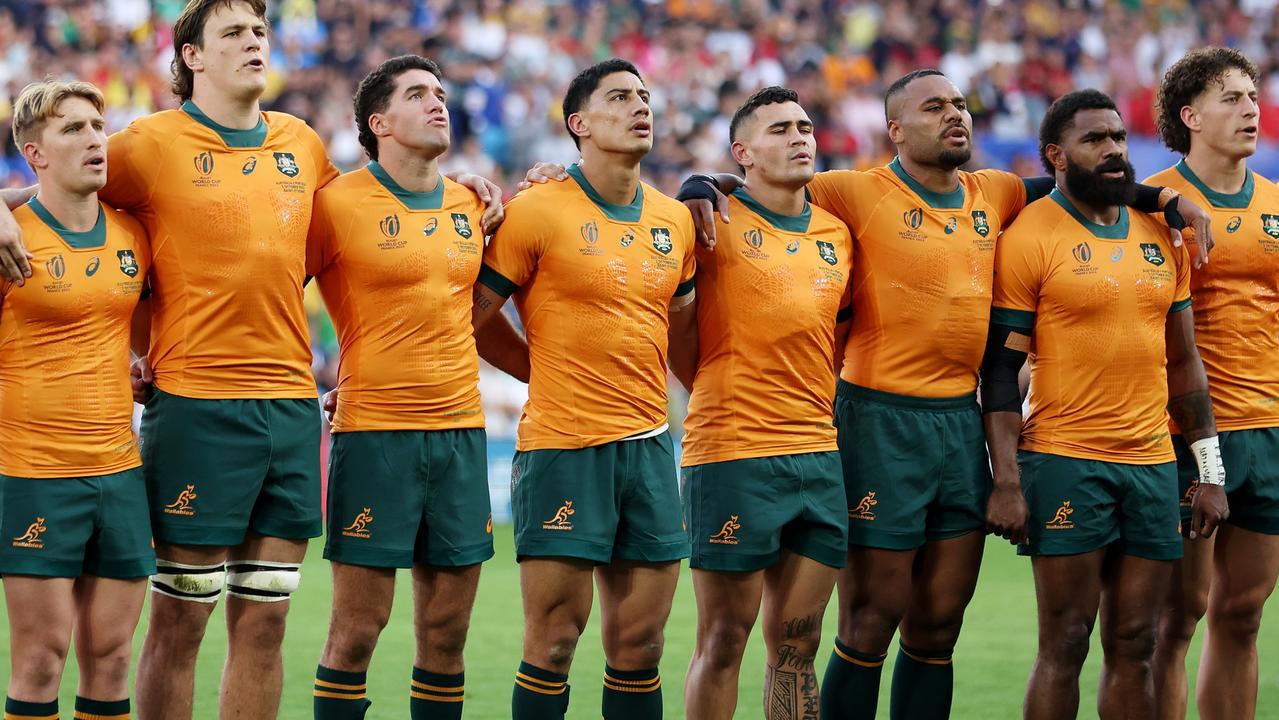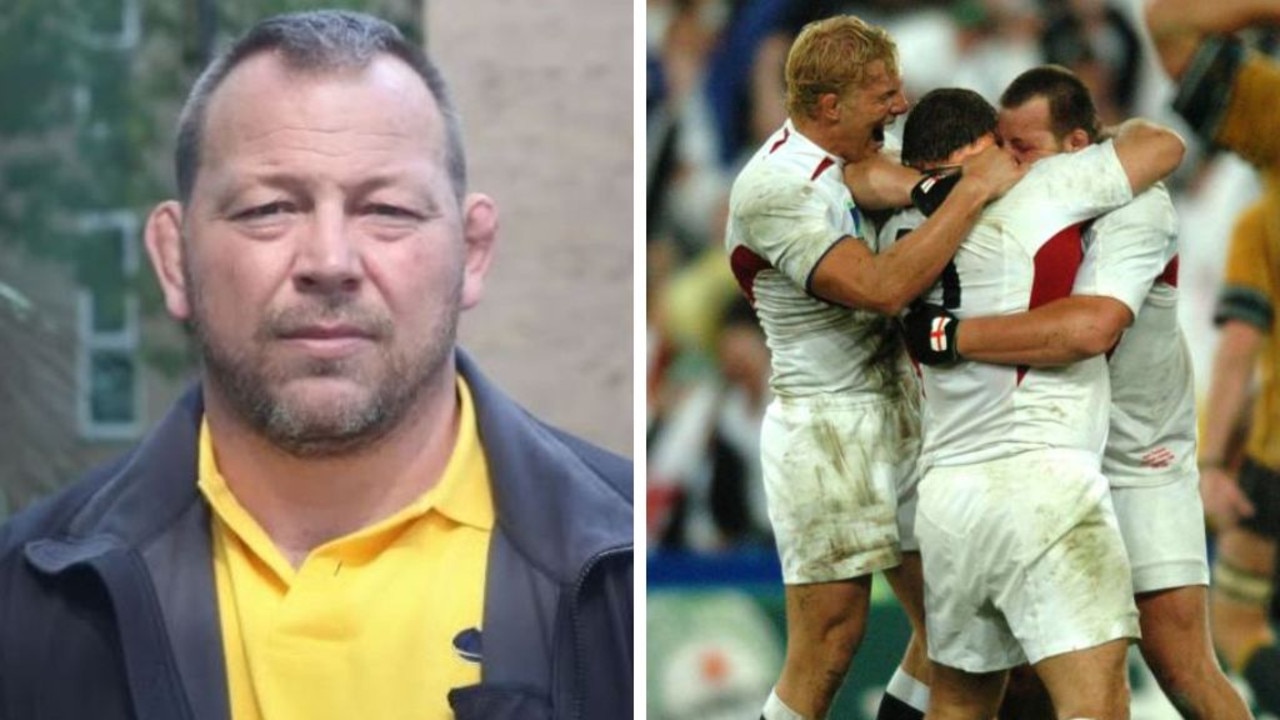All Blacks find answers to pressing questions in victory over South Africa
Many believed this defensive tactic would trip up the All Blacks. Instead, the Kiwis used it to their advantage to enhance their favouritism to win a third-straight title.
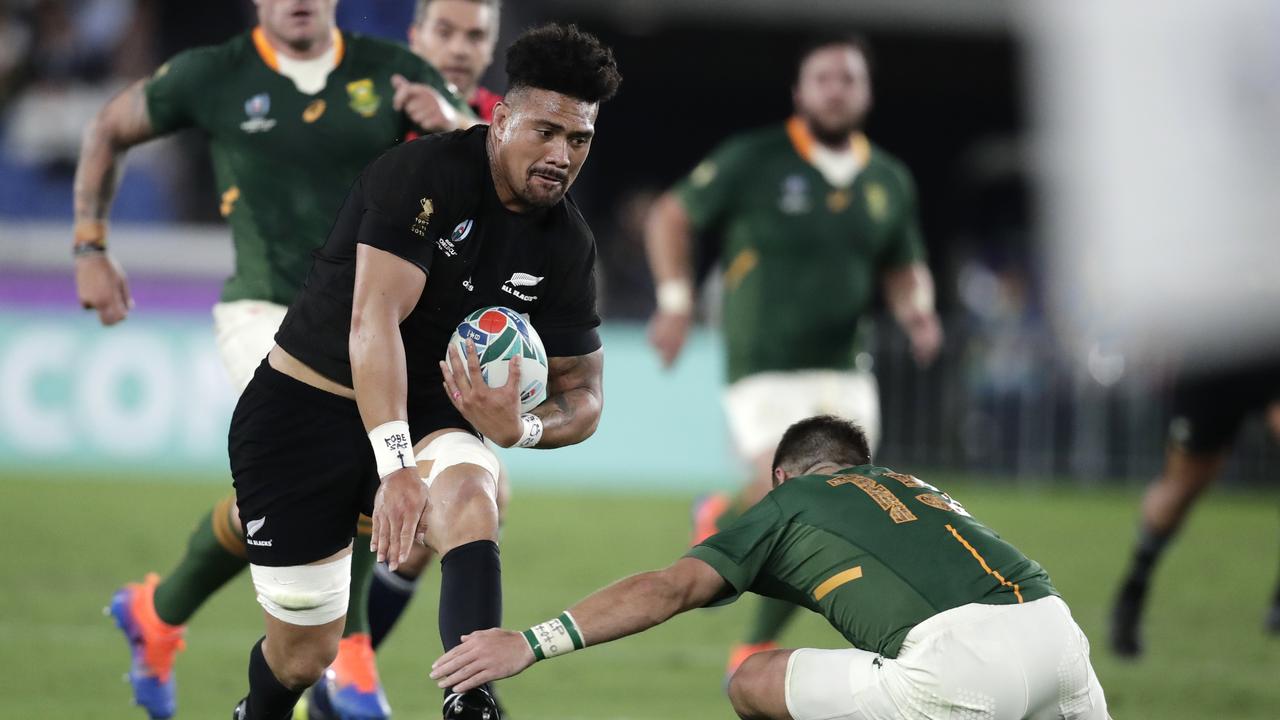
Wallabies ratings: ‘Will struggle to keep the starting jersey’
- Wallabies woe? Reece Hodge in hot water over controversial hit
They’ve figured it out.
The one tactic teams hoped would stifle the All Blacks’ World Cup chances — the rush defence — has been outmanoeuvred by a clever New Zealand side that showed exactly why they are favourites to win an unprecedented third straight title.
The game plan used successfully in recent years by the Springboks, Ireland, and England in their one-point loss last year, the rush defence was trumped by Kiwi attacking ingenuity in Yokohama.
In a three-minute period in the first half, the Kiwis piled on an attacking masterclass that yielded two tries and exposed South Africa’s lack of attacking potency — save for dynamic winger Cheslin Kolbe — that showed you’ve got to be able to punch as well as defend the world champions.
The transition attack of the All Blacks left South Africa reeling from the 24th minute.
What the Kiwis have learned since their upset defeats in the past two years is that they must gamble, so they did.
Stream the Rugby World Cup 2019 on KAYO SPORTS. Every match Live & On-Demand on your TV, computer, mobile or tablet. Get your 14 day free trial >
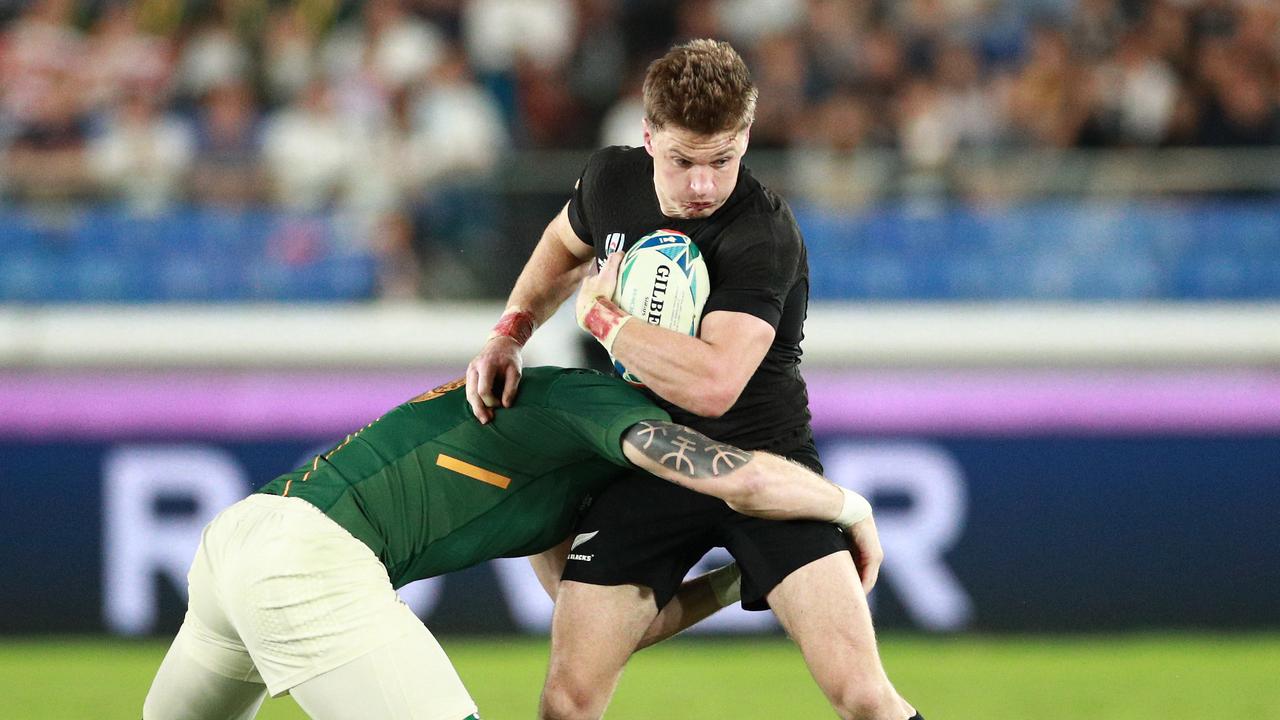
They moved the best running five-eighth in the world, Beauden Barrett, to fullback, to give him more space in the face of the rushing defence, giving primary playmaking duties to the more structured Richie Mo’unga.
Few teams would have had the courage to shift their best player from his preferred position, but coach Steve Hansen read the tea leaves and bit the bullet.
The other major gamble was to adopt a more versatile backrow to cope with the defensive pressure and add a new dimension to their attack; hence the selection of openside flankers Ardie Savea and Sam Cane in the run-on team.
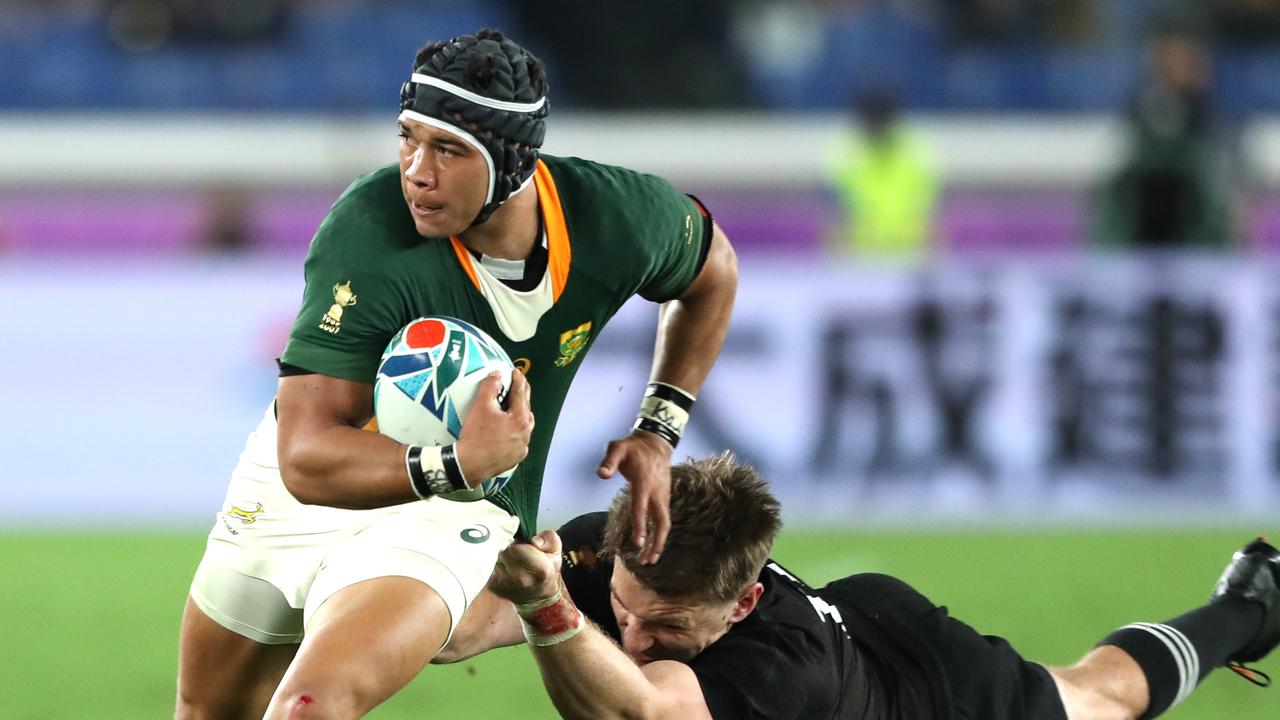
The Kiwis had long resisted the urge to select Savea as a run-on player but his superb form in the previous two years, and plans of rival teams, convinced them to pick two specialist opensides to free up their wide attacking channels with tacklers racing up.
Savea has transformed the All Blacks attack with his leg-drive and ability to create space out wide, but it is his pilfering capacity, alongside Cane’s, that gives New Zealand the capacity to launch counter-attacks from anywhere in the field.
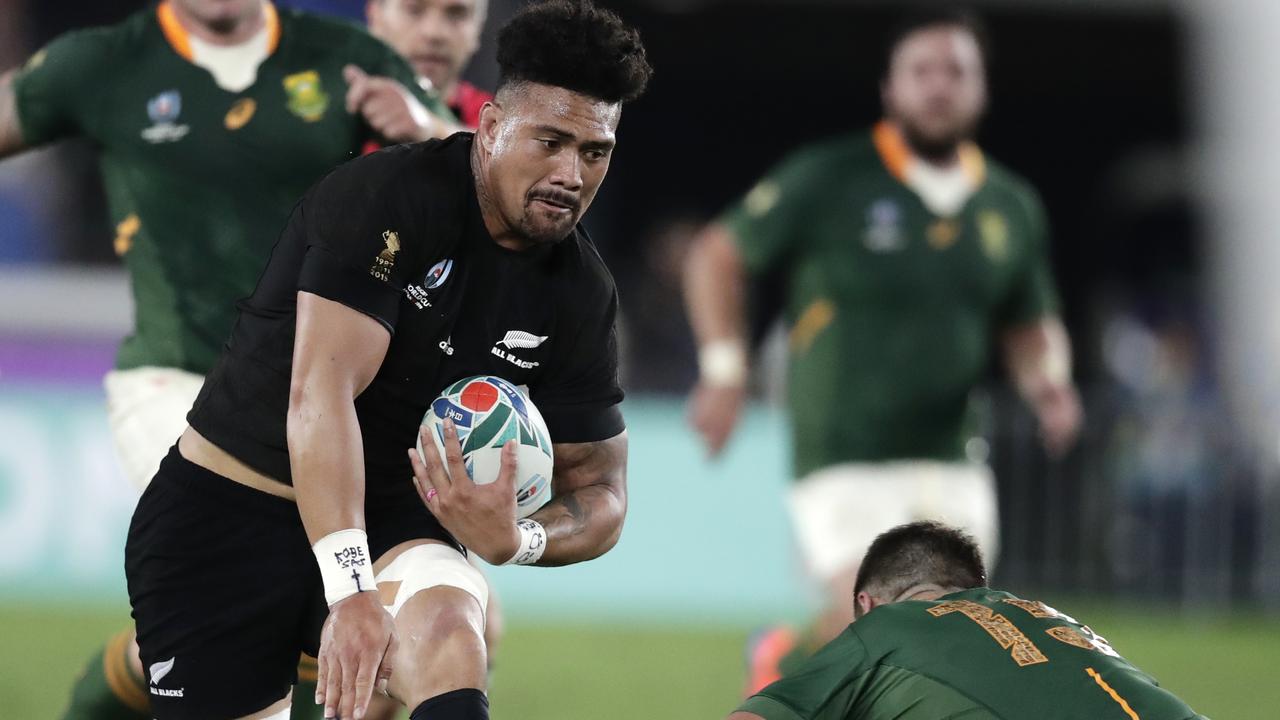
And it is this factor that can deliver the All Blacks a third straight Cup — no other side has the ability to turn defence into attack like the ABs.
This result virtually guarantees that the Kiwis will top their group and play either Scotland or Japan in the quarter-finals, which would be a walk-up to the final four.
Any side that hopes to defeat New Zealand will need to be able to score three or more tries against them, and few have that capability.
Simply using rush defence to keep the Kiwis out and grind out a result is now a fool’s plan, with the All Blacks proving they can out-hustle the tactic with scintillating counter-attack that is now routinely successful against all major teams.
It is no longer good enough to shut down New Zealand, you’ve also got to outshine them in attack, and this is a near impossible task with their skill level across forwards and backs.
Interestingly, the most likely team to pull this off is Australia, when they’re at their best.
But after the first round win, it looks a longshot for any side to derail the All Blacks’ three-peat ambitions.
Originally published as All Blacks find answers to pressing questions in victory over South Africa



